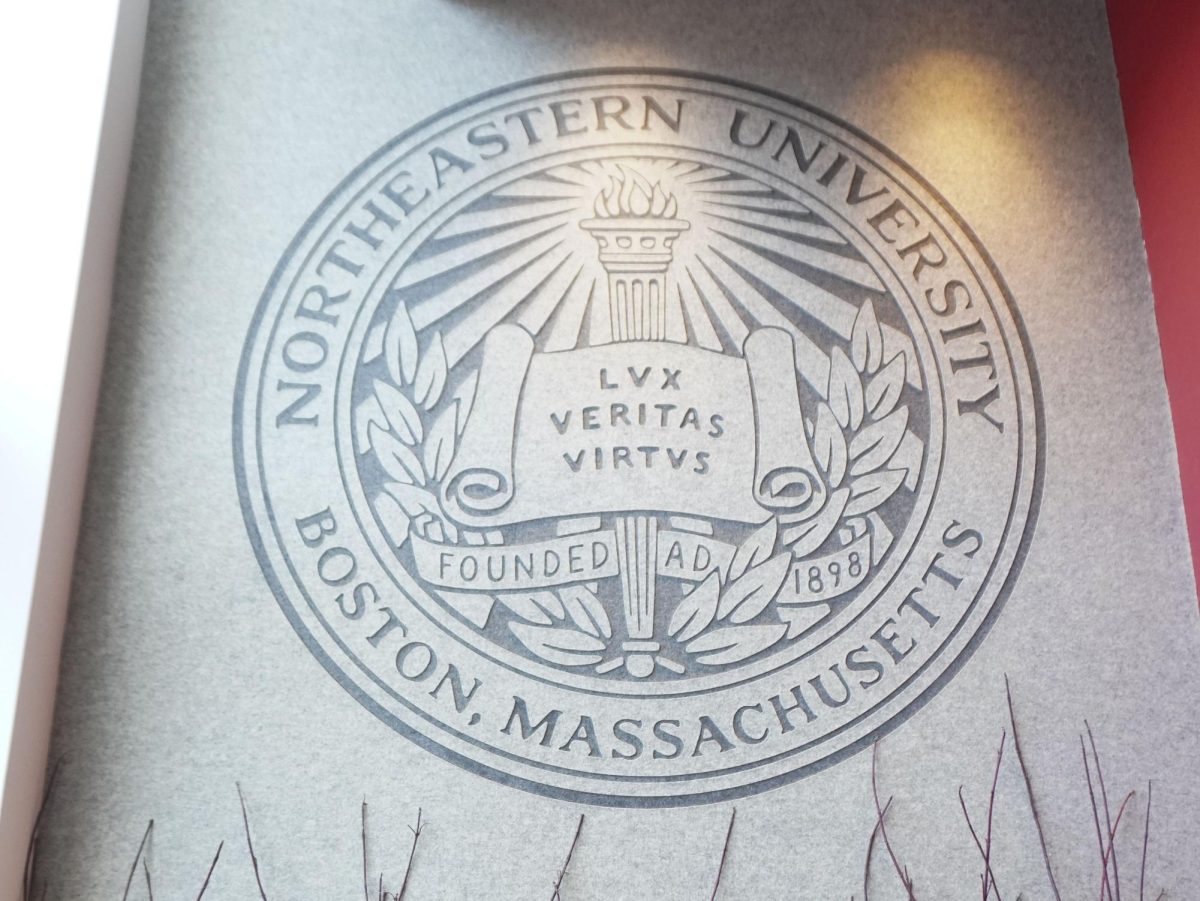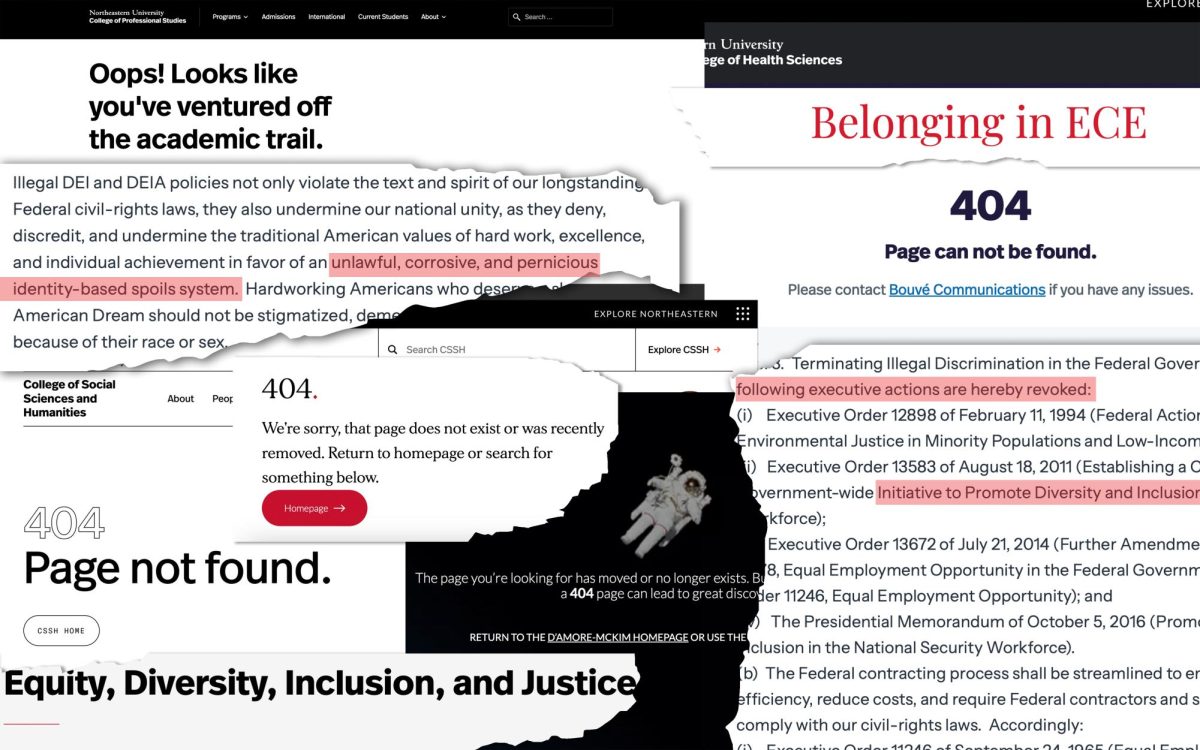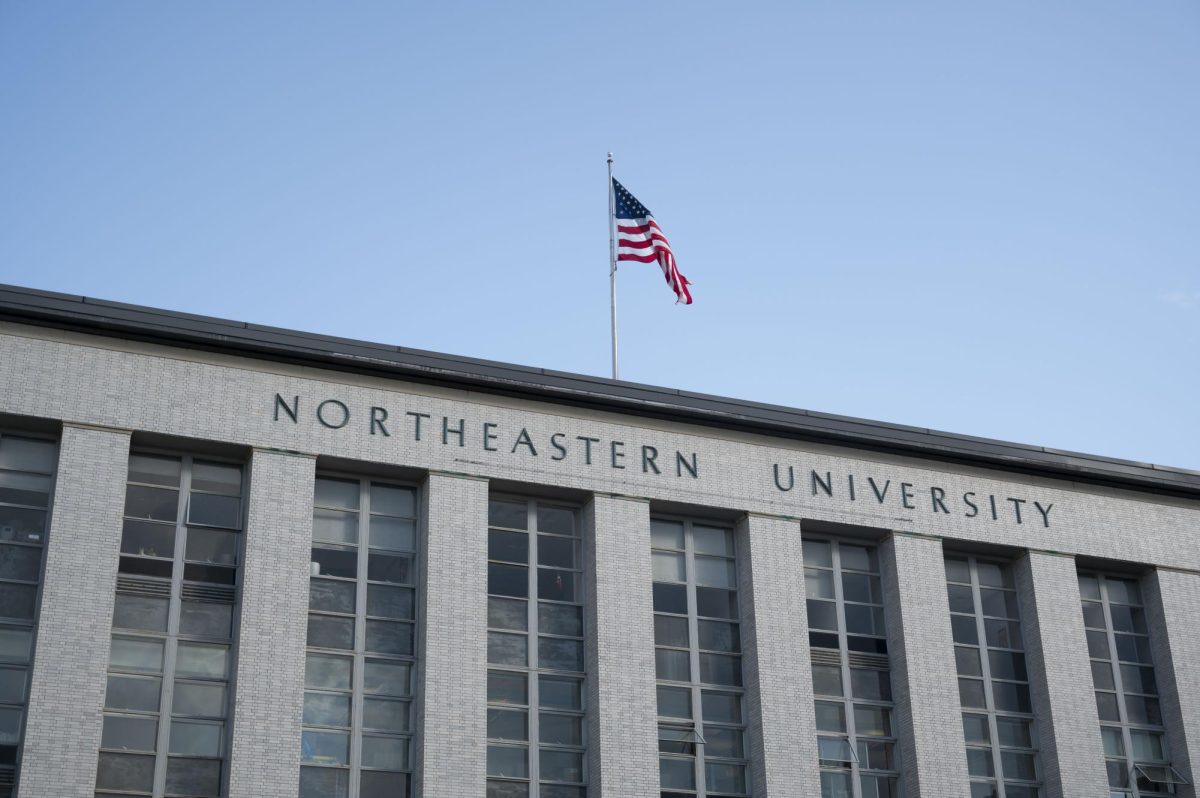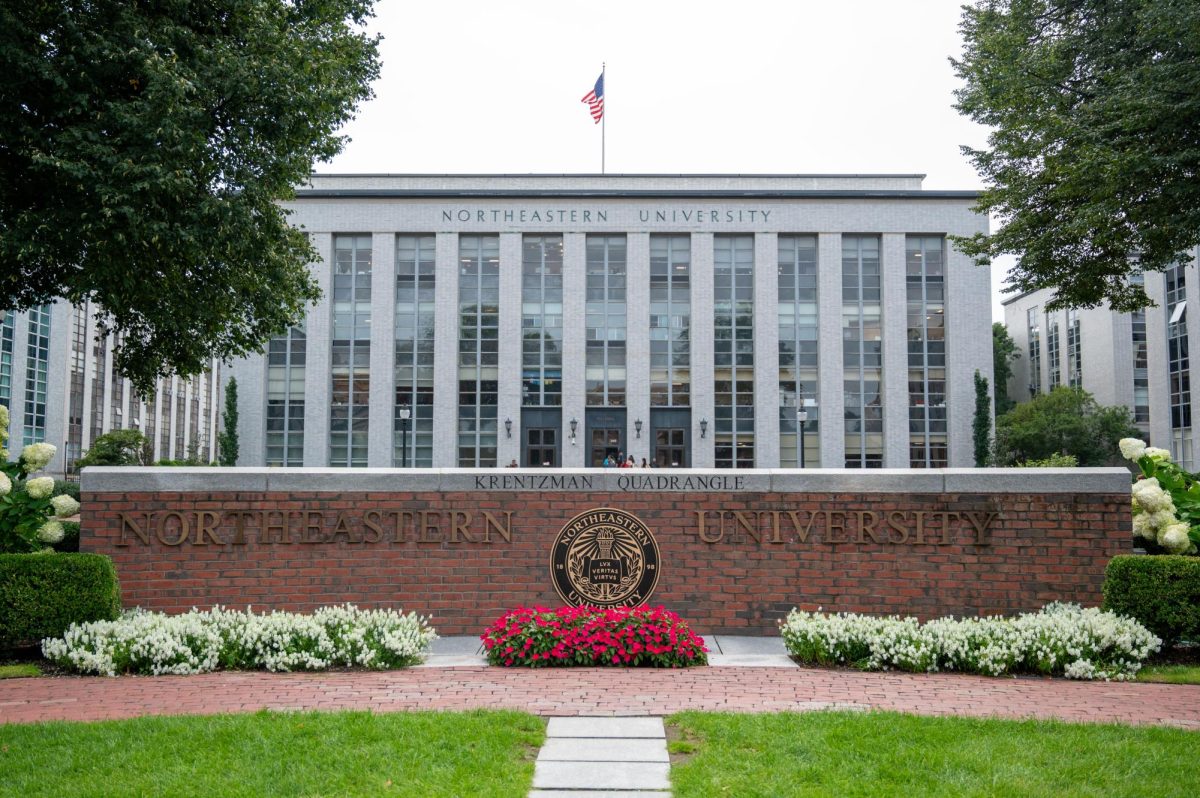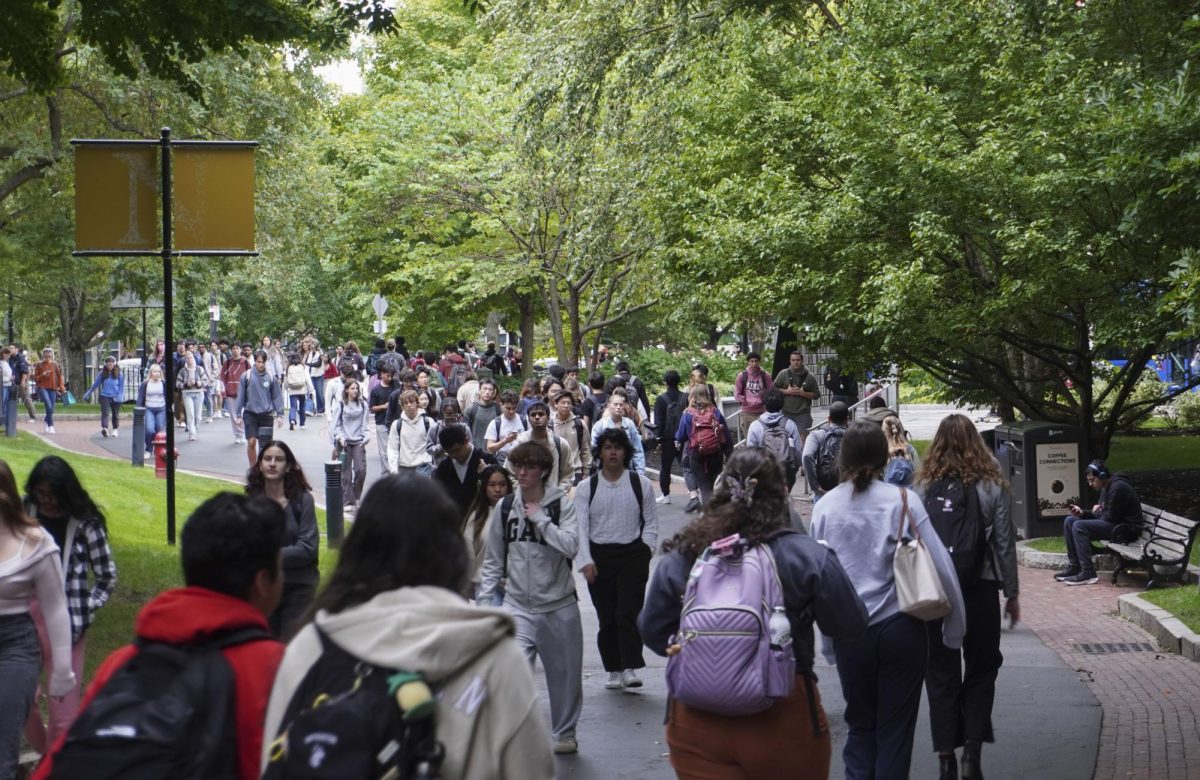In an effort to bridge NUPD with the rest of the community, the Division of Public Safety has installed a Team Police Substation in the lobby of Davenport B on Columbus Avenue.
The substation, which is a prototype, opened shortly before students departed for winter break. In keeping with its prototype status, the substation is only open from 7-8 p.m. Mondays and Thursdays.
Public Safety officials, who conceived the project almost a year ago, are currently assessing its usefulness, as well as student response to added police presence in the dormitory. Public Safety and the NUPD view the program optimistically, claiming it will help improve the “quality of life,” while students both new and old possess mixed feelings, as some question the motives for placing substations inside the dorm.
“As a rule, they’re not patrolling,” said D. Joseph Griffin, director of the Public Safety Division. ”It’s an effort to build community.”
Further underscoring their intentions, and perhaps pacifying students’ worries regarding privacy, Griffin said, “Officers are not there to respond to calls within the building.”
He did mention one exception being medical emergencies.
As the program emerges, members of Public Safety look to soften the often stark division felt between students and police officers.
“[The substations] enhance our efforts to improve the environment and quality of life,” James E. Ferrier, associate director of the Public Safety Division, said.
In addition, one of the substation’s primary goals is to allow students a casual atmosphere in which to approach law enforcers.
“It makes visiting police officers much less intimidating,” said Captain Kevin C. Maguire, an associate director of the Public Safety Division.
While officials hope for a future expansion of the program to dorms all across campus, civilian members of the NU community, particularly students, regard the plans with much skepticism.
“They should be spreading out and covering more of the campus rather than sitting in the dorm,” said Cecilia Van Dyke, a freshman living at Kerr Hall, in the Fenway, where she cited a lack police presence in the area.
Other students, while acknowledging the purposes stated by the Public Safety Division, question the substation’s overall effectiveness.
“I think it’s a waste of man power, even if their intentions are good,” said Nicole Rousseau, a sophomore living in Davenport B. “The police department is right next door to Davenport.”
This is the fact that causes students to question the logic of the hybrid.
In response to such criticism, Public Safety officials defended their choice in Davenport B, citing the isolation of Columbus Avenue from the rest of campus. With the substation in place, “a sense of community” can be better established in the Columbus residences, therefore making Davenport B a sensible selection, officials said.
Even with expressed doubt from their peers, some students have embraced the idea of substations.
“I think it can only have good impacts,” said Elizabeth Rinker, a senior RA living in Davenport. “It reminds people that police are around. It will make them much more approachable.”
Sharing that sentiment is officer Adam Keeling, one of the policemen manning the substation in Davenport B. “The community helps you solve crimes. We are a good resource and we like to help you out. I’m not anyone’s enemy. That’s not what we are all about,” he said.
For students who don’t wish to file official reports via the emergency phone line or at the police station, Keeling believes the substations offer a preferable forum for relaxed dialogue. It provides an outlet to informally report suspicious activity in the area, a concept many students welcome.
“[The substation] doesn’t bother me,” said Mike Felicetta, a freshman living in Stetson West. “There are often shady strangers passing by who tend to hassle people.”
In having substations, students could informally report such activity.
As the term continues, Public Safety officials will continue to monitor the effectiveness of the substation in Davenport, as well as the community’s response to it. If deemed successful, a gradual extension of the program could spread throughout campus.




